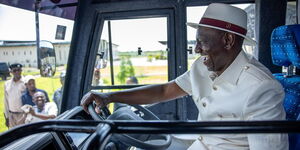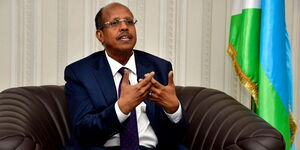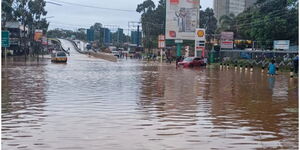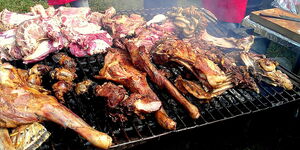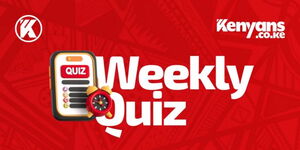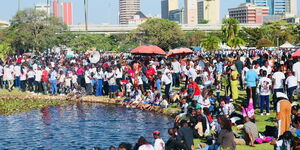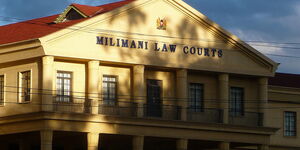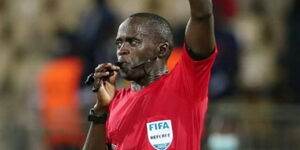Azimio la Umoja presidential flag bearer, Raila Odinga's long walk to the proverbial Canaan was put on hold after outgoing Deputy President, Willam Ruto, was declared the president-elect by the Independent Electoral and Boundaries Commission (IEBC) chairman, Wafula Chebukati.
Raila’s long walk traverses over 40 years of political engagements and activism, including his first stab at the presidency in 1997 and the fifth one on August 9, 2022.
The former Prime Minister’s fifth - and probably the last - attempt to clinch the presidency, was brought to a screeching halt by Ruto who outwitted him and the Azimio brigade to emerge victorious in round one of the polls.
This year’s election was the most promising for the 77-year-old veteran who is remembered for his fight for multi-party democracy in the country.
Incumbent President Uhuru Kenyatta’s endorsement of Raila was seen as an affirmation of his win in the August 9 contest.
The Raila Story
His first stint in public service was in 1974 when he was appointed as the Kenya Bureau of Standards (KEBS) manager before being promoted to Deputy Director in 1978.
Four years later, Raila was detained and charged for allegedly being among the masterminds of the 1982 coup d'etat that tried to overthrow former President Daniel Arap Moi.
After being placed under house arrest for seven months, Raila was denied a trial for six years until 1988 when Moi ordered his release. Raila's woes would continue to mount after he was re-arrested the same year and released in 1989.
The former Premier would later be detained in 1990 for advocating for multiparty democracy at a time when the country was a one-party state.
A year later, Raila fled the country and headed to Norway to evade possible arrests. Upon returning in 1992, Raila joined the Forum for Restoration of Democracy (FORD-Kenya) and was appointed the vice chair of the General Purposes Committee.
During the 1992 elections, Raila won the Lang'ata parliamentary seat on a Ford-Kenya party ticket. He later resigned to form the National Development Party (NDP).
In 1997, he unsuccessfully made his first attempt at the presidency on an NDP party ticket. He emerged third, amassing 667,886 votes, against the late Mwai Kibaki's 1,911,742 and the late Daniel Arap Moi's 2,500,865.
Fallout With Moi
After the elections, the NDP party joined KANU, where the Azimio flagbearer served in Moi's government as the Minister for Energy.
A few months to the 2002 elections, Raila fellout with Moi after then Head of State endorsed then 38-year-old Uhuru Kenyatta as his preferred successor.
Raila, alongside other party rebels, joined the National Rainbow Coalition under the leadership of the late Mwai Kibaki.
Raila would later sever ties with Kibaki and made his second stab at the presidency under the Orange Democratic Movement (ODM) party in 2007. The election was marred with chaos leading to the grand coalition government after mediation talks led by the former United Nations Secretary General, the late Kofi Anan.
In 2013, Raila contested for the top seat again, losing to the Jubilee alliance under the Uhuru-Ruto leadership.
Five years later, Raila would also lose the 2017 August 8 polls after Uhuru was re-elected. The former Premier disputed the results of the election, citing electoral malpractice leading to the annulment of the presidential polls by the Supreme Court.
Days leading to the repeat polls, Raila would advise his supporters not to participate in the repeat polls until the IEBC adhered to their demands.
This led to another victory by Uhuru hence affirming his second term in office. Amid the tension that had rocked the country, the two leaders agreed to put their differences aside and unite through a handshake in 2018.
The two leaders would later form the Azimio la Umoja One Kenya Coalition Party alongside 23 other parties.



